Understanding Canine Gingivitis: Causes and Treatments
Introduction: The Importance of Canine Dental Health
Canine gingivitis, a form of gum disease, is a common but preventable condition in dogs that can lead to more serious dental problems if left untreated. Gingivitis is the first stage of periodontal disease, and without proper care, it can cause pain, tooth loss, and infections. Just like humans, dogs require regular dental care to keep their teeth and gums healthy.
In this article, we’ll explore the causes, symptoms, and treatments for canine gingivitis, focusing on the importance of dental hygiene and how you can prevent and manage this condition in your dog.
What is Canine Gingivitis?
Gingivitis is inflammation of the gums caused by the build-up of plaque and tartar on your dog’s teeth. When bacteria accumulate on the teeth and gums, they create plaque, which hardens into tartar if not removed. This tartar irritates the gums, causing redness, swelling, and eventually leading to infection if untreated.
1. Causes of Canine Gingivitis
-
Poor Dental Hygiene: The most common cause of gingivitis in dogs is a lack of regular brushing and dental care.
-
Diet: A diet that consists primarily of soft or wet food can contribute to the build-up of plaque and tartar.
-
Genetics: Certain dog breeds, especially small dogs, are more prone to dental problems and gingivitis due to their mouth structure.
-
Age: Older dogs are more susceptible to gingivitis and other dental issues due to the natural wear and tear on their teeth over time.
2. Symptoms of Canine Gingivitis
- Red, swollen gums
- Bad breath (halitosis)
- Bleeding gums, especially when eating or chewing
- Difficulty chewing or reluctance to eat hard food
- Loose or discoloured teeth
UK Statistics on Canine Dental Health
- According to PDSA UK, approximately 80% of dogs over the age of three suffer from some form of dental disease, including gingivitis.
-
The Kennel Club UK reports that small dog breeds, such as Yorkshire Terriers and Chihuahuas, are more prone to gum disease due to their smaller mouth sizes, which can trap food and bacteria more easily.
- A survey by Blue Cross UK found that only 30% of dog owners regularly brush their dog’s teeth, which contributes to the high prevalence of gum disease in pets.
Chart: Prevalence of Gingivitis in Dog Breeds
| Dog Breed |
Prevalence of Gingivitis |
Factors Contributing to Risk |
| Yorkshire Terrier |
High |
Small mouth, crowded teeth |
| Dachshund |
Moderate |
Tendency for tartar build-up |
| Boxer |
Moderate |
Mouth structure |
| Labrador Retriever |
Low |
Strong teeth, but prone to tartar build-up |
| Cavalier King Charles |
High |
Genetic predisposition to dental issues |
How Canine Gingivitis Progresses
Gingivitis, if left untreated, can progress into more severe forms of gum disease, leading to serious health complications for your dog. The stages of dental disease include:
1. Plaque Build-Up
Plaque forms on the surface of the teeth after eating. If not brushed away, it hardens into tartar, which causes gum irritation.
2. Gingivitis
At this stage, the gums become inflamed, red, and swollen. The tartar pushes under the gumline, leading to the first signs of gum disease.
3. Periodontitis
If gingivitis is untreated, it progresses to periodontitis. At this stage, the gums recede, and the bone supporting the teeth is destroyed, leading to tooth loss and more severe infections.
The Role of Dental Care in Preventing Canine Gingivitis
The good news is that canine gingivitis is highly preventable with the right care. Regular brushing, the right diet, and the use of dental products can keep your dog’s teeth and gums healthy.
1. Brushing Your Dog’s Teeth
Brushing your dog’s teeth regularly is one of the most effective ways to prevent gingivitis. Use a toothbrush designed for dogs and toothpaste formulated for pets.
Tips for Brushing Your Dog’s Teeth:
- Start slowly and gently, introducing the brush to your dog’s mouth in small steps.
- Aim to brush your dog’s teeth at least 2-3 times per week, ideally daily.
- Use Dr. Senst Plaque Off Dental Powder as a supplement to help prevent tartar build-up.
2. Choosing the Right Diet
A balanced diet plays a crucial role in maintaining dental health. Dry kibble can help scrape off plaque, while softer foods can contribute to tartar build-up.
Benefits of Dental Treats:
- Dental treats and chews help mechanically clean your dog’s teeth as they chew, reducing plaque and tartar build-up.
- Look for treats designed to support oral health, like Dr. Senst Probiotics For Dogs Treats, which promote overall digestive and oral health.
3. Regular Vet Check-Ups
Veterinary check-ups are essential for spotting early signs of gingivitis. Your vet can provide professional dental cleanings, which are crucial in removing hardened tartar from the teeth.
Analogy: Canine Gingivitis is Like Rust on a Car
Think of gingivitis as rust on a car. If you don’t wash and maintain your car regularly, rust will start to accumulate, damaging the vehicle’s structure over time. Similarly, if you don’t clean your dog’s teeth regularly, plaque and tartar will build up, leading to gingivitis and more severe dental issues. Just as you would address rust on a car early, it’s important to treat gingivitis in its early stages to avoid long-term damage.
Treatments for Canine Gingivitis
If your dog has already developed gingivitis, it’s important to treat it promptly to prevent further damage. Here are the most effective treatments for canine gingivitis:
1. Professional Dental Cleaning
A professional dental cleaning performed by your vet is the most effective way to treat gingivitis. During this procedure, the vet will remove plaque and tartar from your dog’s teeth, including below the gumline, where gingivitis occurs.
2. At-Home Dental Care
In addition to professional cleanings, ongoing at-home care is essential. Use dental chews, sprays, and toothpaste to maintain your dog’s oral hygiene between vet visits.
Recommended Products:
-
Dr. Senst Plaque Off Dental Powder: This powder can be added to your dog’s food daily to help prevent plaque build-up.
-
Dr. Senst Itchy Dog Allergy Relief Treats: While not directly linked to gingivitis, addressing other health concerns like allergies can contribute to overall well-being, including oral health.
3. Antibiotics and Medications
In cases of severe gingivitis or periodontitis, your vet may prescribe antibiotics to treat the infection. Anti-inflammatory medications may also be used to reduce swelling and pain.
Benefits of Treating Canine Gingivitis Early
1. Prevents Tooth Loss
Early intervention prevents the progression of gum disease, reducing the risk of tooth loss.
2. Improves Quality of Life
Dogs with untreated gingivitis may experience chronic pain and discomfort. Treating the condition early helps ensure your dog remains comfortable and happy.
3. Prevents Systemic Health Issues
Gingivitis can lead to more serious systemic health problems, such as heart disease, kidney disease, or liver disease, as bacteria from the gums can enter the bloodstream. Preventing gingivitis protects your dog’s overall health.
FAQ: Canine Gingivitis
Q: How often should I brush my dog’s teeth?
A: Ideally, you should brush your dog’s teeth daily. If that’s not possible, aim for at least 2-3 times per week to prevent plaque and tartar build-up.
Q: Can dental treats replace tooth brushing?
A: Dental treats can complement regular tooth brushing, but they should not replace it. Brushing is the most effective way to remove plaque from your dog’s teeth.
Q: What are the signs of gingivitis in dogs?
A: Common signs include red, swollen gums, bad breath, bleeding gums, and difficulty chewing.
Conclusion: Ensuring Your Dog’s Dental Health
Preventing and treating canine gingivitis is crucial to maintaining your dog’s overall health and well-being. By implementing a consistent dental care routine, providing the right diet, and using products like Dr. Senst Plaque Off Dental Powder, you can help protect your dog from gingivitis and more serious dental diseases.
For dogs with existing dental issues, early intervention with professional cleanings and ongoing care is key. Ensuring your dog’s dental health will not only improve their quality of life but also help prevent more severe health complications down the line.














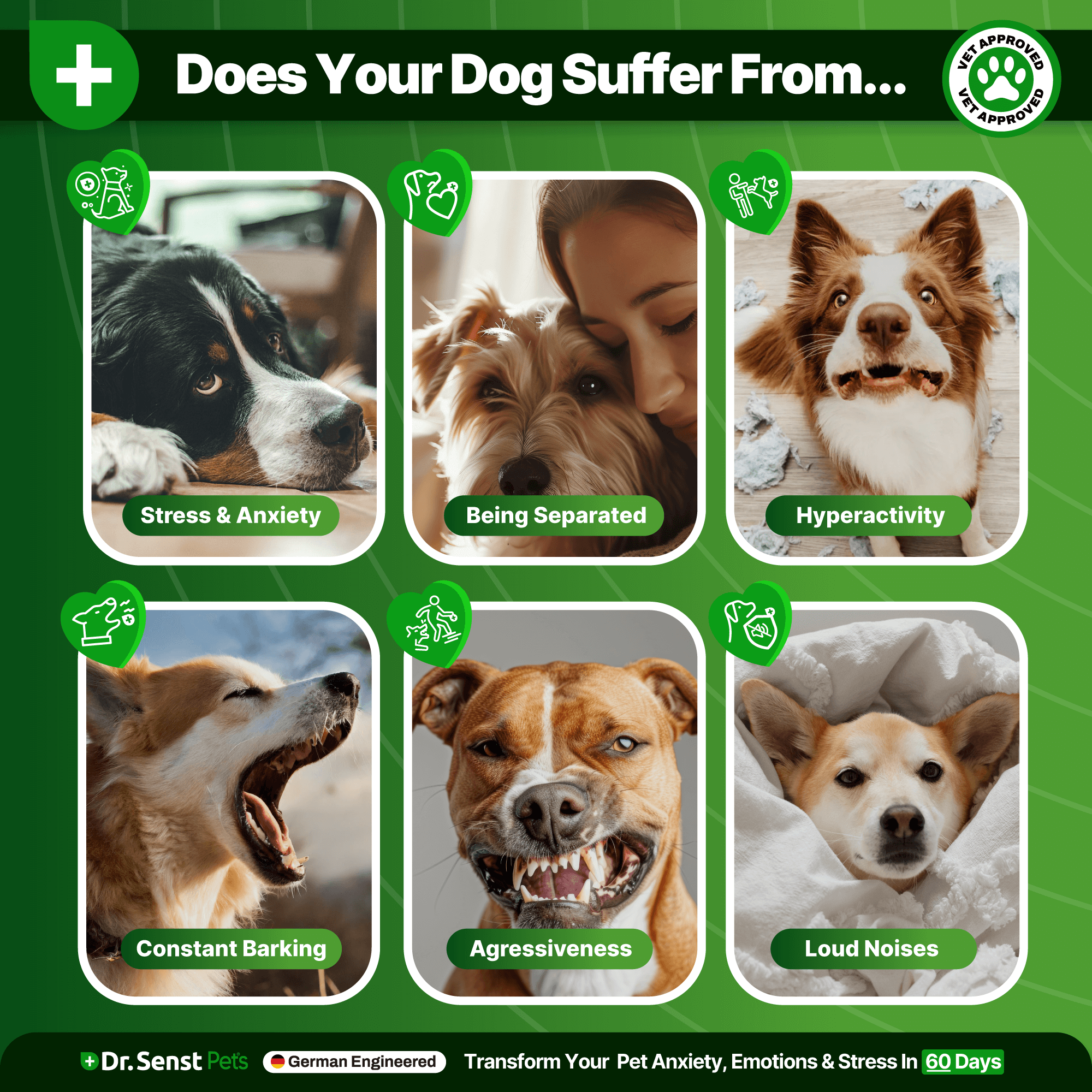
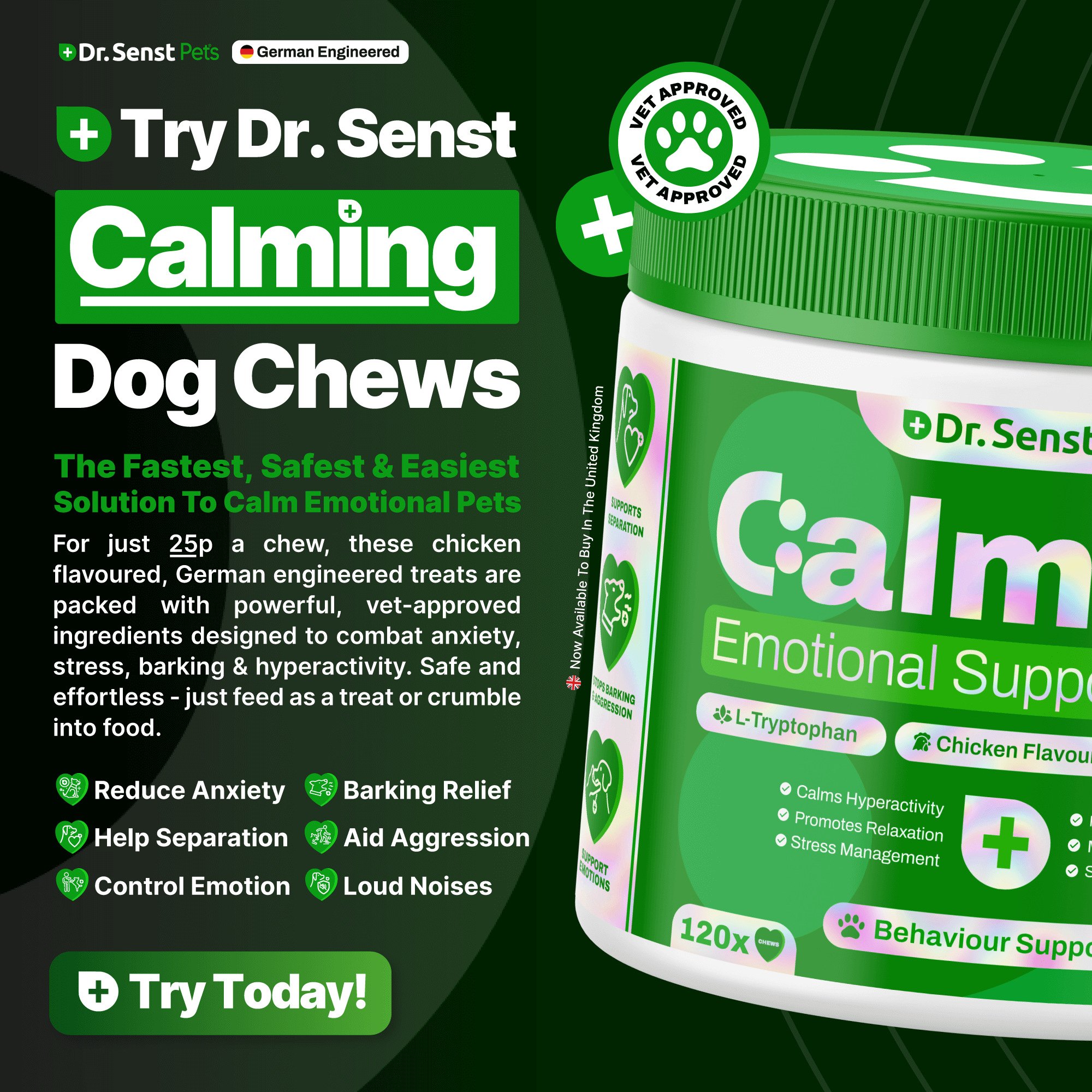
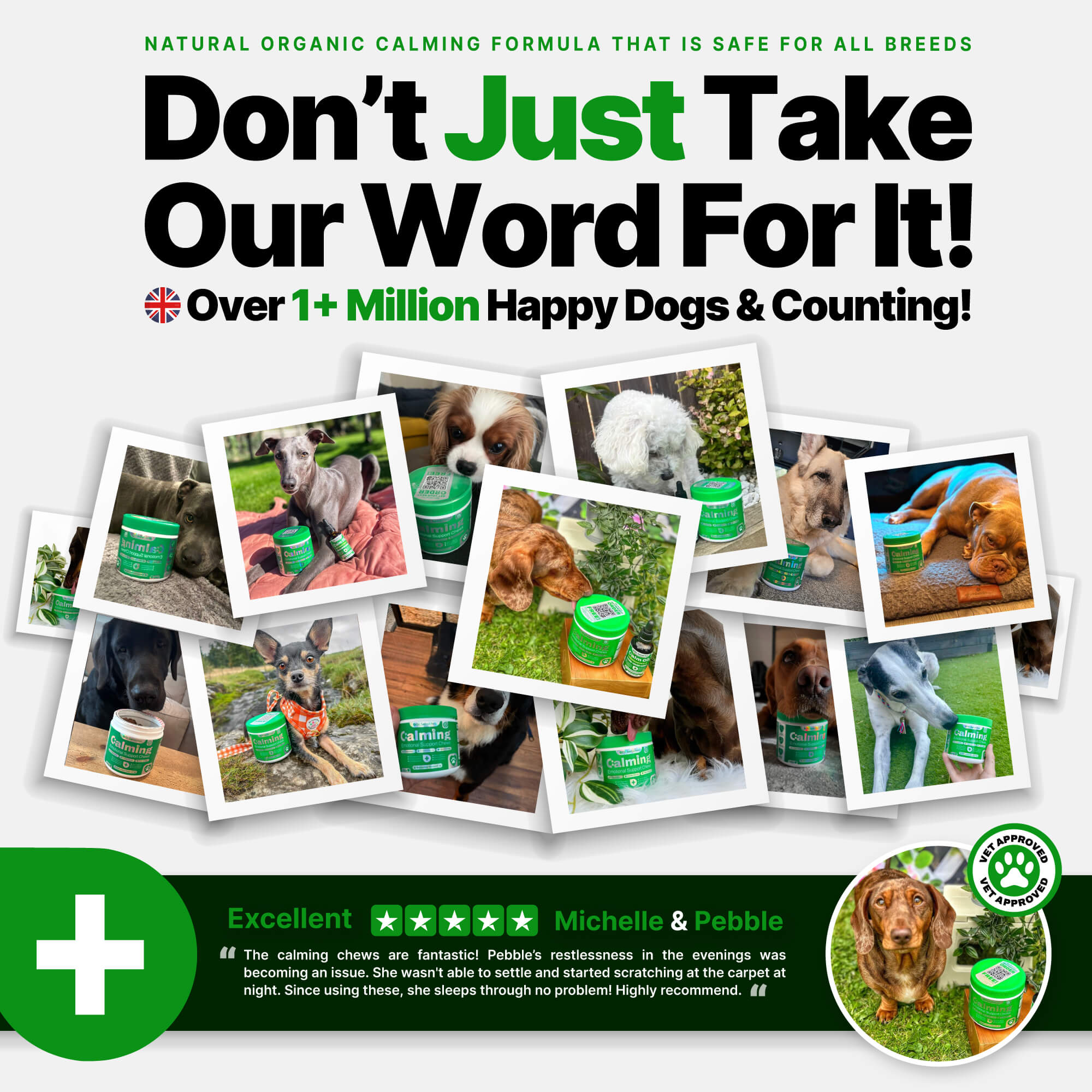


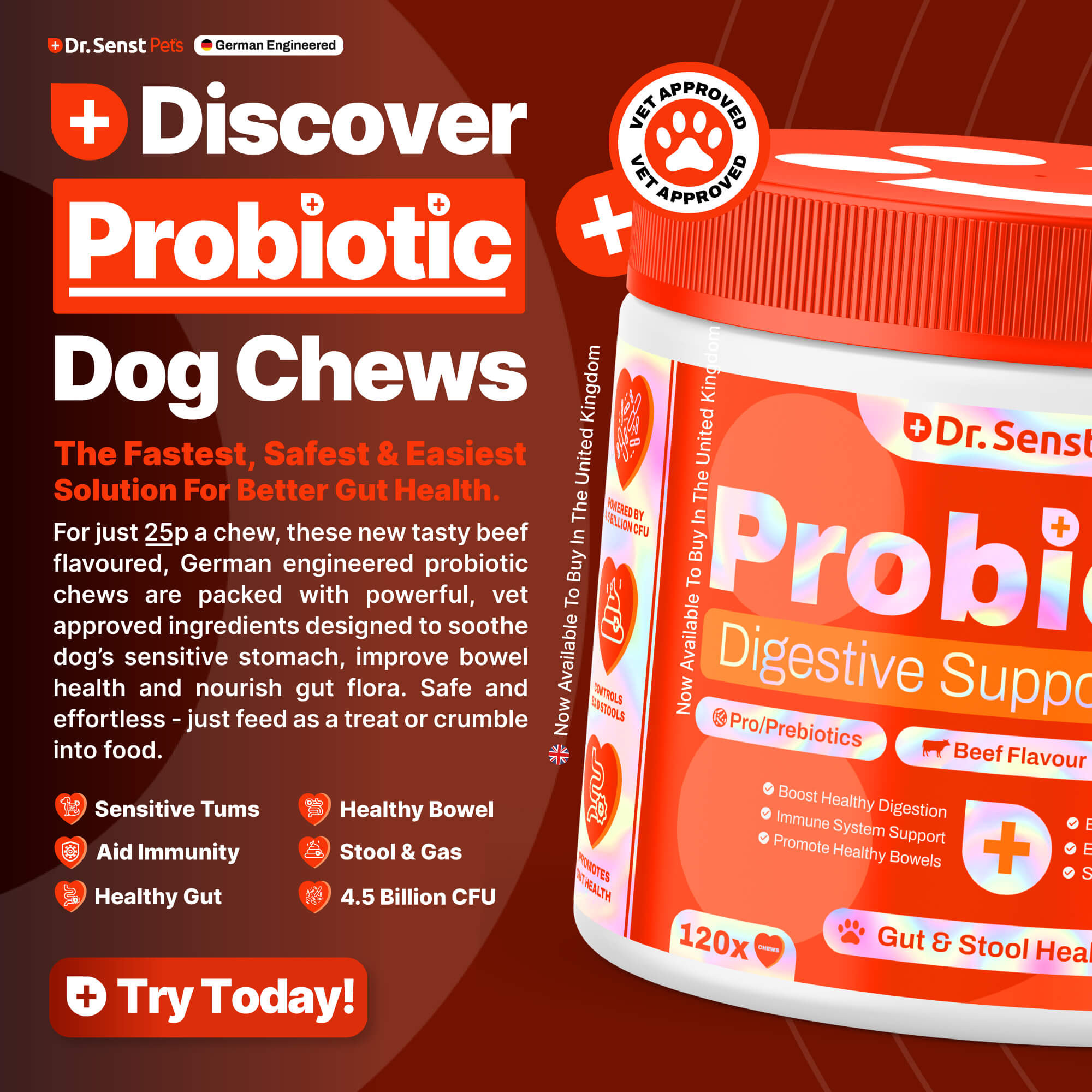
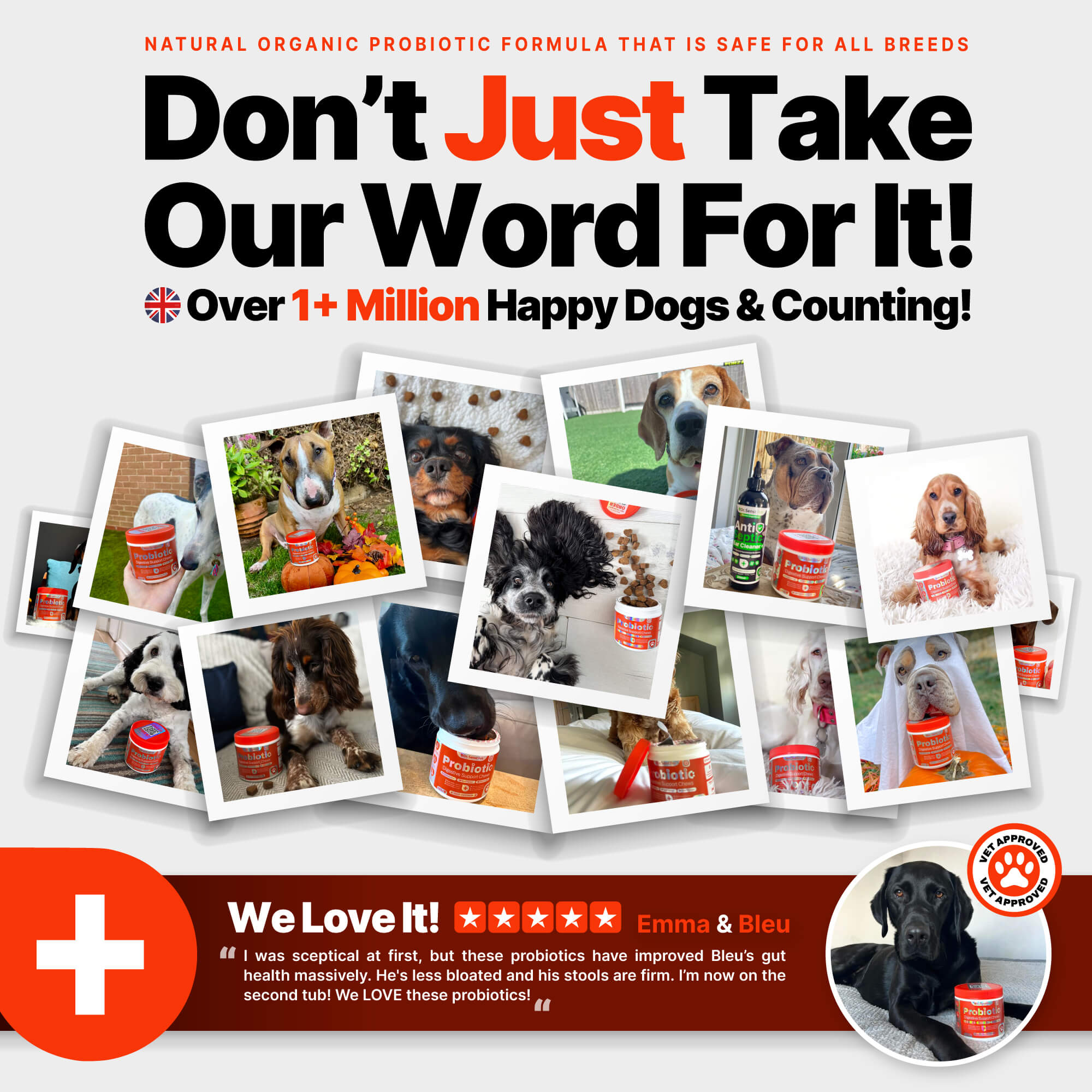









Share:
Top Cat Anti-Itch Sprays: Choosing the Best for Your Feline
Preventing Tooth Decay in Dogs: Tips for Healthy Teeth and Gums